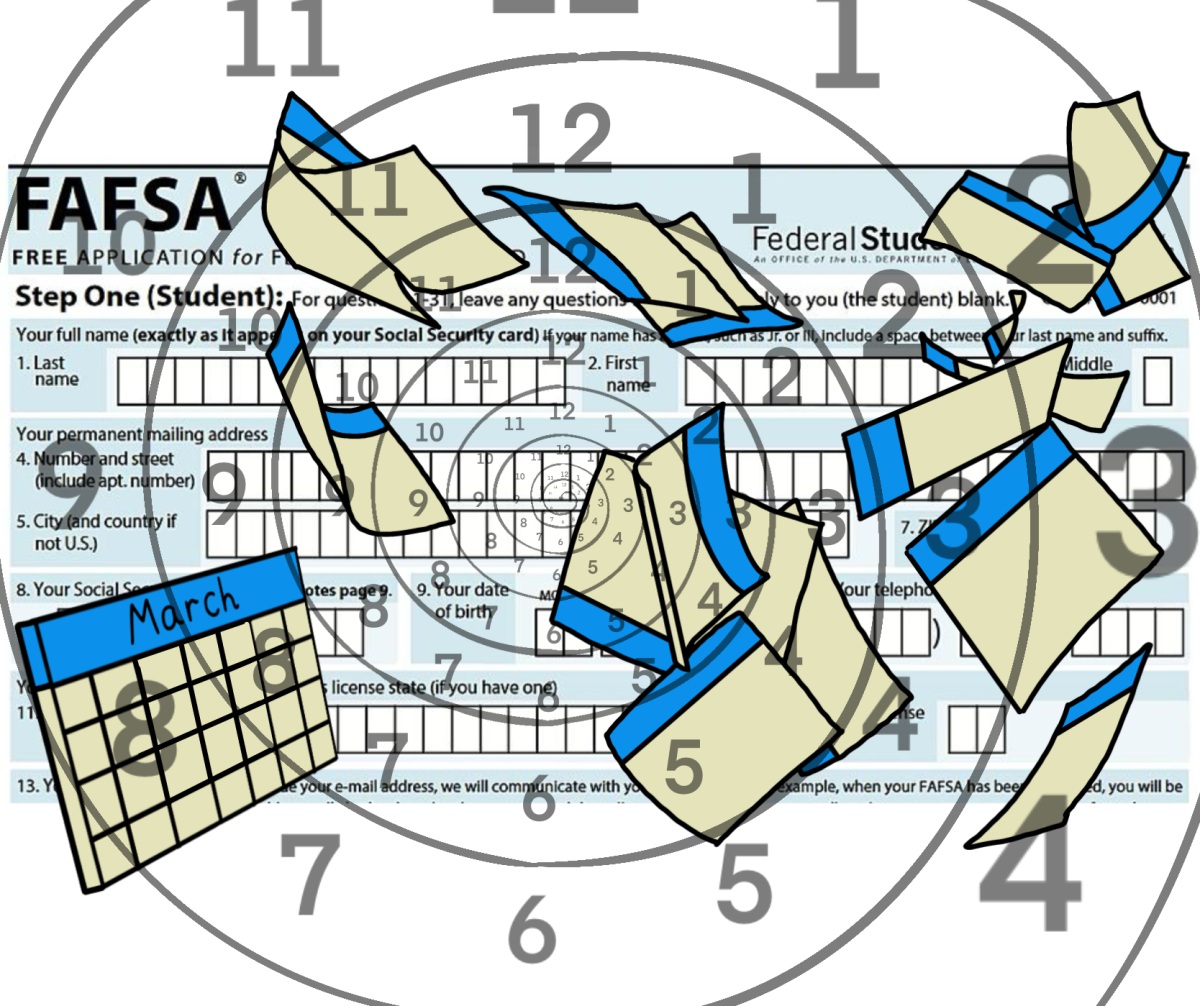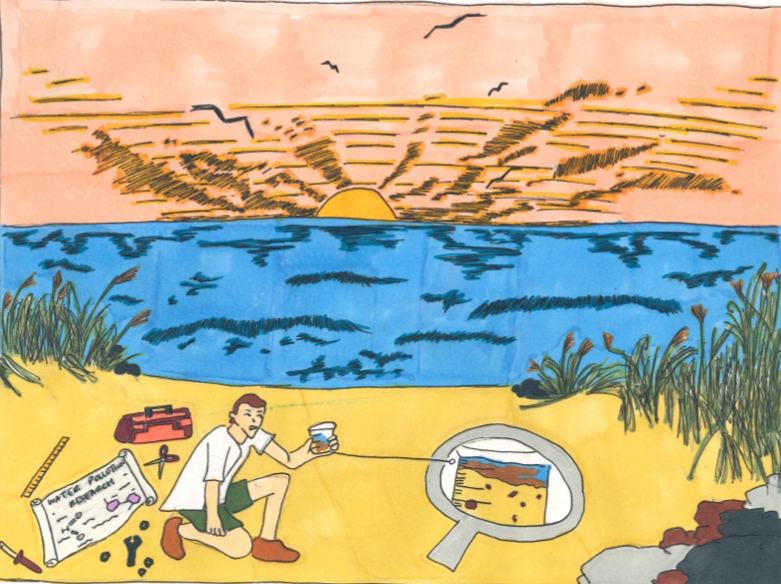University faculty, in association with other institutions, broke ground in physics with the recent discovery of a new phase of matter — the time crystal.
Traditionally, crystals repeat in a pattern within space, while time crystals move in a repeated pattern over time. Assistant physics professor Andrew Potter, a member of the project led by researchers at the University of Maryland, said this breakthrough opens the door to a completely new class of physics — non-equilibrium phases — that for over a decade was only theorized.
“We’re kind of at the exciting point where the experiment is starting to catch up with the theory, so we can start really examining these things in a lab,” Potter said.
Most of physics operates within the laws of thermodynamics, such as the law of conservation of energy. By these laws, all crystals eventually reach a state of equilibrium where all the atoms are the same temperature. Time crystals, however, do not operate within the laws of thermodynamics because they are kept in a state of constant non-equilibrium.
A time crystal is made by using an electric field to float ytterbium ions above a surface while laser pulses are shot at them in a constant rhythm to create their pattern of motion. Potter said the ions only move half as fast as the laser pulses are shot, a behavior that was crucial in confirming the time crystal’s existence.
Norman Yao, a researcher on the project and physics professor at the University of California at Berkeley, said Potter’s vision was a crucial driver in making this breakthrough.
“His deep knowledge and understanding of periodically driven many-body quantum systems was truly a boon to the project,” Yao said in an email. “Drew has an amazing ability to capture the essence of a calculation or idea with simple physical insights.”
Physics senior Marc Staler said this discovery could drastically improve quantum computing which normally relies on extremely low temperatures that are hard to maintain. Non-equilibrium phases are potentially much more durable, thereby making it tremendously easier to perform quantum computing, Staler said.
While the time crystal itself lacks a variety of tangible applications within modern technology, Potter said, research into other non-equilbrium phases could advance quantum computing along with new developments in basic physics.
“I think beyond applications, there’s a lot of new fundamental science to be done here,” Potter said. “It’s kind of a whole new universe that we can explore.”











